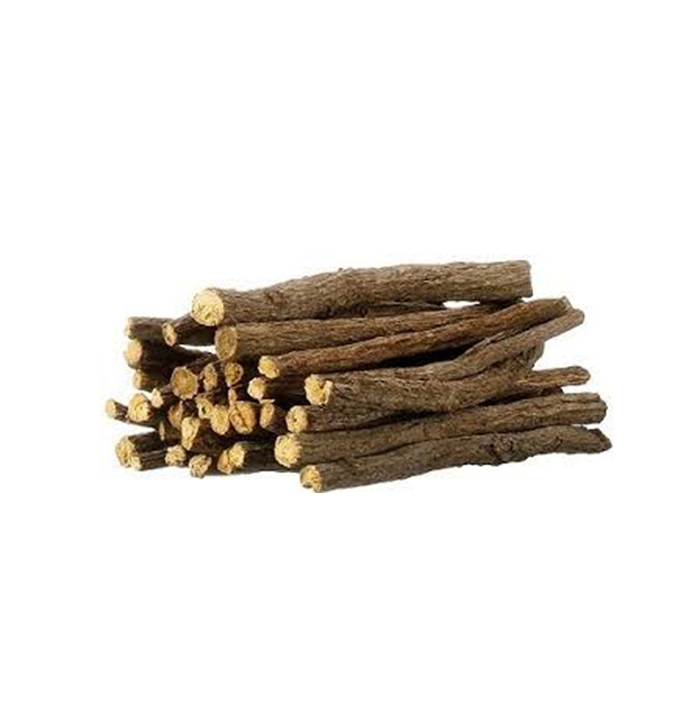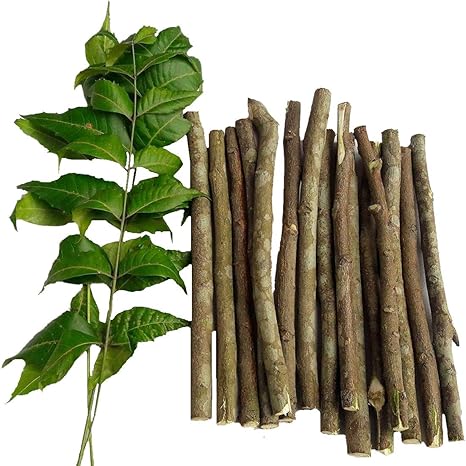Many people remember gathering it as a child with their grandmas and some still carry on the tradition or at the very least chew on a root when they are hiking or camping.
Yellow root chew sticks.
The berberine content in yellow root is estimated to range from 1 2 to 1 3.
Licorice root sticks 100 pure raw all natural licorice root sticks 8oz 1 2lb african licorice root chew sticks mulethi glycyrrhiza glabra 4 5 out of 5 stars 11.
Sometimes in the flea market i see someone selling a bundle of thin long yellow roots tied together with string.
This article tells you.
Yellow root is rich in plant chemicals such as berbine and hydrastine which both have.
This herb dates back to the native american tribes who used yellow root as a remedy for digestive disorders such as gastritis eye infections such as conjunctivitis gonorrhea canker sores urinary tract infections and skin issues.
Using licorice sticks is sort of like a dog chewing on a chew toy or a cowboy gnawing on a very large toothpick.
Tea tree therapy toothpicks cinnamon 100 count 4 pack 4 5 out of 5 stars 439.
Licorice root is an ancient herbal remedy that s commonly found in teas supplements and candies but you may have heard that too much can have an adverse effect.
For best results suck on the stick while absent mindedly chewing on it for about 10 minutes taking care to switch the stick back and forth between each side of your mouth.
Only 9 left in stock order soon.
Berberine is also present several medicinal herbs including turmeric goldenseal.
Yellow root not to be confused with goldenseal hydrastis canadensis l a shrub like plant indigenous to the east coast of north america grows from new york to florida and is commonly found near stream banks and shady areas.
Most commonly plants are used that have a high content of tannins astringent and antibacterial or other compounds that benefit the health of gums and teeth.
Yellow root latin name hydrastis canadensis is a native herb to north america and is used in traditional native american medicine for digestive problems skin ulcers eye complaints and as a general tonic.
Yellowroot s lore and use is still alive in appalachia.
It flowers in april and derives its name from the bright yellow color of the rhizome.
This end can be used to brush against the teeth while the other end can be used as a toothpick.
Berberine is a naturally occurring active constituent in the root rhizome and stem bark of yellowroot with no genotoxic cytotoxic or mutagenic effects reported with clinical doses.




























